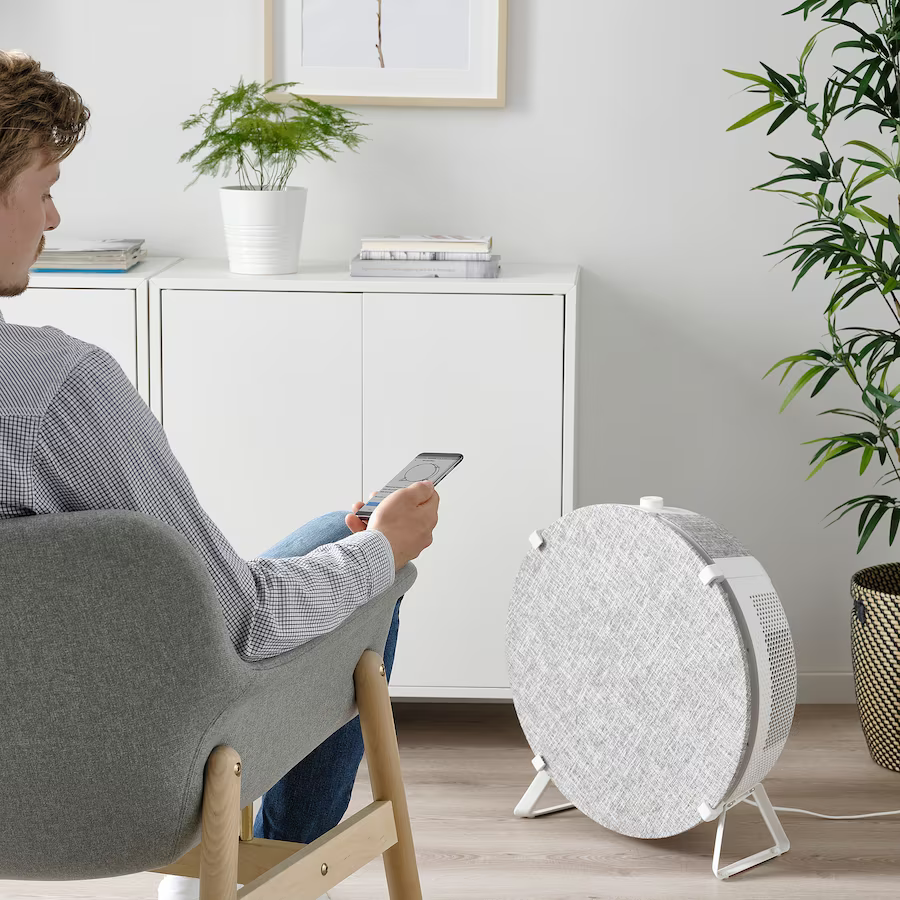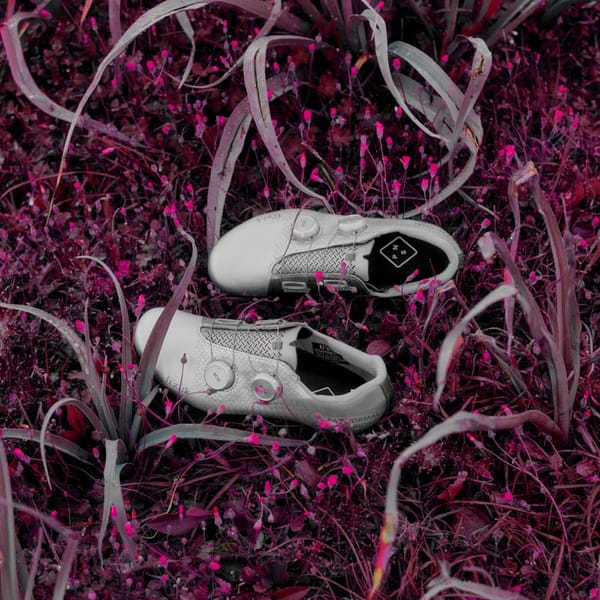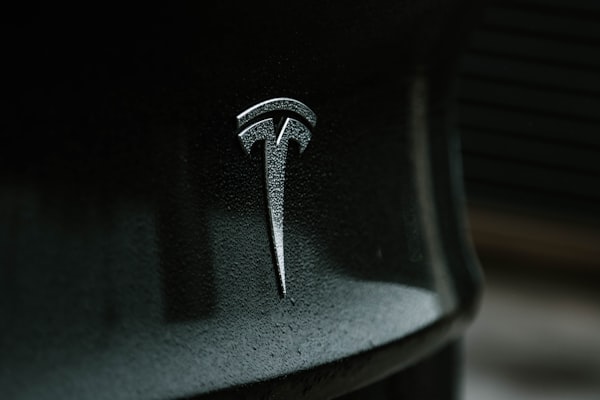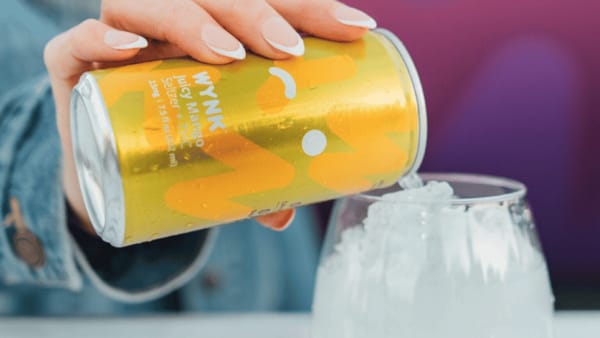No Wirecutter, the IKEA Air Purifier is Actually Pretty OK
IKEA's STARKVIND air purifier, critiqued by Wirecutter but praised for affordability and Zigbee integration, challenges 'true-HEPA' norms with effective E12 filters.

IKEA's foray into the air purifier market has stirred quite a discussion, especially in light of the review by Wirecutter. While Wirecutter's assessment highlighted the purifier's aesthetic appeal and affordability, it also harshly critiqued its performance. However, a deeper dive into the product's specifications and the nature of air filtration by Dynomight suggests that Wirecutter's review may not have painted a complete picture.
Firstly, the Wirecutter's claim that the IKEA purifier is not a "true-HEPA" purifier needs scrutiny. The term "true-HEPA" lacks a definitive scientific or legal definition, and Wirecutter's dismissal based on this term is misleading. Contrary to what Wirecutter suggests, the IKEA air purifier uses a class E12 filter, capable of filtering 99.5% of particles of all sizes, which is just one level below the H13 filter class of Wirecutter's recommended alternative. This minor difference in filtration class does not significantly impact the overall effectiveness, especially in a non-industrial setting.
So the CADR is a good way to measure how powerful a purifier is. And the IKEA purifier isn’t super powerful. But let’s do another thought experiment:
Say you have a 10-foot by 7-foot bedroom with 10-foot high ceilings.
This room is pretty drafty so after an hour, half the air is replaced with air from outside.
You live in a moderately polluted city, with an outdoor air level of 30 μg/m³ of PM2.5 particles.
If you run the IKEA purifier, this will give you a steady-state level of
2.39 μg/m³
while the more powerful recommended purifier would lead to a level of
1.38 μg/m³.
The Wirecutter's understanding of air purifier physics also appears to be oversimplified. Air filters don't function like sieves; they're complex materials creating a labyrinth for air to navigate, capturing both large and small particles effectively. It’s the medium-sized particles that are the most challenging to filter, not the ultrafine or larger particles as Wirecutter suggests. In fact, both E12 and H13 filters perform almost equally well for very fine particles due to the diffusion regime, making the distinction for everyday use negligible.
Regarding the purifier's strength, Wirecutter criticizes its Clean Air Delivery Rate (CADR) of 82.4 cubic feet per minute, suggesting it's only suitable for small rooms. However, in many everyday environments, such as smaller living spaces, this CADR is quite adequate to maintain high air quality. It's important to remember that once a purifier removes all particles from the air, the efficacy of additional filtration capacity diminishes.
Wirecutter's stance also seems contradictory when comparing their evaluation of other purifiers. They commend certain models for their energy efficiency and low long-term costs, despite having a slower rate of cleaning, yet do not extend the same logic to IKEA's purifier. The IKEA model, in addition to being economical, boasts low electricity consumption and inexpensive replacement filters, making it a cost-effective option for long-term use.
IKEA STARKVIND
I'm a big fan of the IKEA STARKVIND, which is available in both regular and table versions.
The table version is nice because, assuming you place it somewhere you want a table, it takes up no room. The regular version is awkwardly large, so placement is a bit more of a challenge.
The killer feature here is that its air quality measurements and controls are all exposed via Zigbee, and it works very well with Zigbee2MQTT and Home Assistant. Related to this, IKEA has recently brought out the VINDSTRYKA air quality sensor.
Starkvind means Strong wind, Fornuftig means Reasonable. I love IKEA naming.
But I haven't even gotten to the best part!
The real "hack" lies in the IKEA STARKVIND air filters. They're from a reputable manufacturer, they are true HEPA filters, and best of all, they only cost $14.99.





